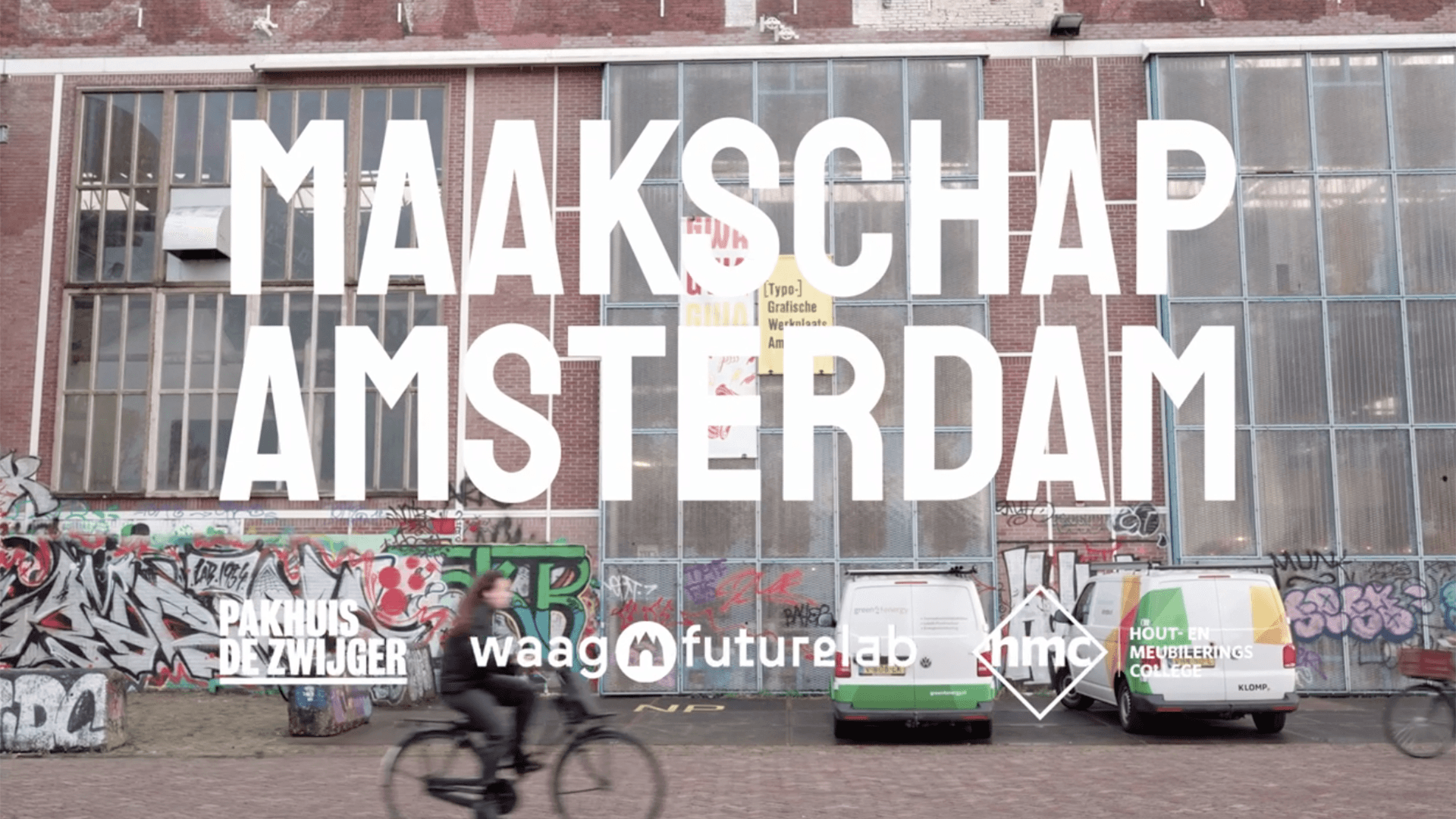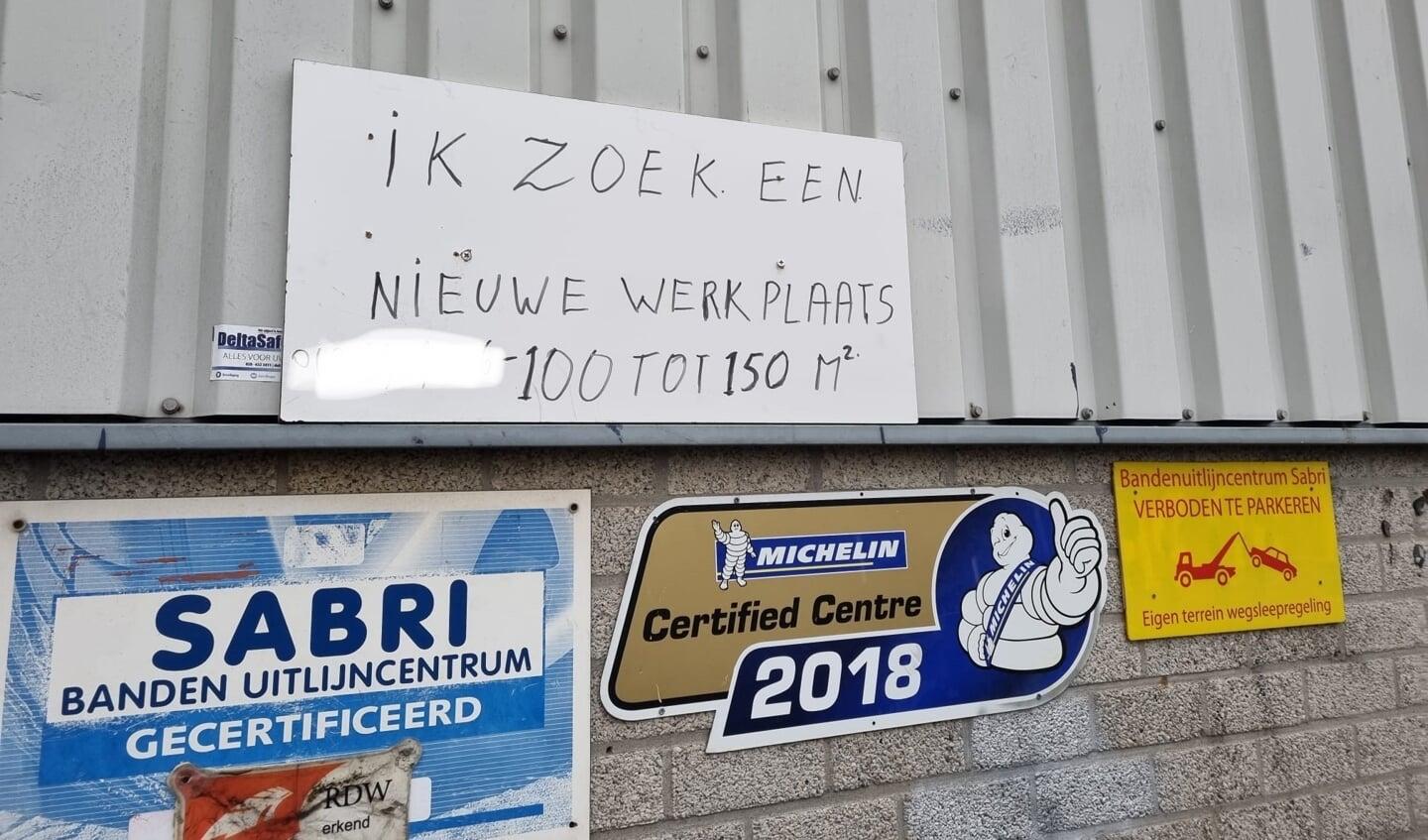A big part of Waag’s practice is to work in multiple-year international projects with usually ten to twenty other partner organizations throughout Europe. Each of these projects has a different focus, objective and subject – but at the core we want to collaborate effectively. Due to the COVID-19-pandemic we haven’t had those physical meetings in a while. So how do we get to know the people and create a feeling of community?
Since we are working with organizations outside of the Netherlands we are actually quite used to working online for the day-to-day practice. But we usually have kick-off meetings and bi-yearly consortium meetings that allow us to be together in one place, physically, visiting each other’s locations and hashing out those parts of a project that just don’t work as well online and/or long-distance.
To me, one of the most important aspects of these physical meetings is to get to know the people behind the organizations: the persons that actually do the work that have their own stories to tell, have their own unique qualities, and have their own special takes on doing the work and approaching the subjects. Getting to know those people, informally, is so very valuable within a big collaborative project: it is a lot easier to emphasize and sympathize with real people, that have a well-rounded life that you, in part, know about, than with just names or faces on a screen.
Due to the COVID-19-pandemic we haven’t had those physical meetings in a while. So how do we get to know the people? One project that started in the middle of the pandemic is one of our biggest ones to date: Centrinno, in which we are working with nine European cities on new strategies and work methods for inclusive and sustainable urban development. This project alone involves 26 partner-organizations, with on average four people representing each organization. That is a big group of people. Waag is, among other things, responsible for the coordination of pilots taking place in these nine cities – which involves collaborating with almost all partner organizations. To this end, we have put in place different mechanisms like bi-weekly calls, surgery hours, online training sessions, and playful break-out sessions. We always ask people to keep their cameras on and their full name visible. All these things contribute to a feeling of community in absence of a live-meeting.
But I would like to highlight two small interventions that we introduced that helped us getting to know people in an easy and informal way, and build a community of people that is comfortable with each other. And so far, they really seem to work!
1. The Centrinno playlist
When the project started to get into full operating mode, the amount of calls rapidly increased. Sometimes there were these awkward silences at the beginning of a meeting while waiting for people to join, or during breaks. To break that awkwardness, we started to play some ‘elevator music’. Soon people started to make suggestions to play, which lead to the creation of the Centrinno playlist on Spotify. This playlist is now open to all partners, continues to grow, and is filled with contributions from each and every person active in the project. It is something that we made together, and it represents our collective identity as a consortium.
2. Good gossip and good news
Every two weeks we meet up online with the majority of the project partners to discuss progress in the local pilots. Since these meetings are in part meant to improve knowledge exchange between the pilot partners – we need to know which knowledge resides in which location.
Over the years I have experienced that often the knowledge that is most needed is knowledge people didn’t know they had, or didn’t know was relevant. This is also often knowledge that is not explicitly professional but rather experience, expertise or contacts that people have gathered over the course of their life.
Often it’s easier to let others talk about your skills and knowledge than to do it yourself; either because you didn’t know it was relevant or because you are too modest to claim expertise. To that end we introduced the concept of ‘Good gossip’: let people tell something fun or useful about someone else in the group. For example: Waag’s project manager Nanne bakes great bread in his spare time. Concept developer Thieu has developed a Print&Play collection for Museum Boijmans van Beuningen, and our Creative Director Dick is a gifted painter.
On the surface it might not seem relevant to the project – but you never know how you will get to certain knowledge and expertise that is relevant. In any case, it is positive reinforcement for your colleagues: you pay them a compliment by highlighting their expertise and at the same time you are building an informal network of people that gets to know each other on a more personal level – and can relate to each other on more than just the project. That will only benefit the collaboration in the future.
These gossip-sessions only take five minutes at the beginning of each meeting and it tend to lift the spirits because it is always something positive. And you don’t have to limit yourself to sharing gossip about people – you can be more general about things that are positive that are happening in your life: good news. And who doesn’t want to hear good news?


